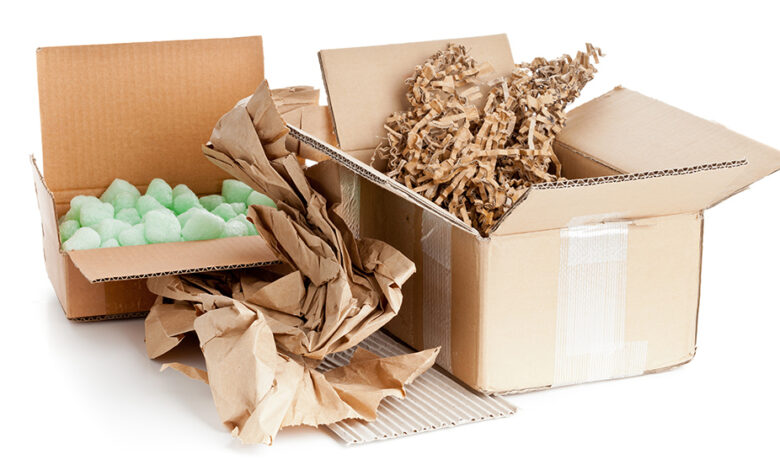What are the 5 types of packaging to consider?

It can make a significant difference in how your customers perceive your product if the packaging is good. In order to give them the best experience, you must give them something they will enjoy and appreciate for a long time to come.
What types of packaging material should you use? In fact, there are a lot of different kinds out there, with pros and cons of each.
It is popular to use a wide variety of packaging materials, such as paperboard boxes, kraft paper, and rigid boxes, some of which work better for certain products than others. Based on the type of product you sell and your personal needs, you will need to make your choice.
Types of Packaging Materials
The following sections will provide more detail on each of these topics.
1. Paperboard Boxes
Whether you’re moving books, CDs, or DVDs, cardboard boxes work well. You can usually open them to see what’s inside by folding the top or the bottom lid. These boxes mostly consist of thick cardboard. Boxes made of paperboard do not protect against moisture, which is their main drawback. If you need some kind of protection for your item, they may not be the best option.
2. Foam
The types of foam vary greatly in terms of shape and size. However, all of them are actually made from polystyrene beads and expand by heat to form a dense sponge. In addition to its reusable properties, foam packaging offers other benefits.
Using their original boxes as storage containers or re-packaging dishes can help keep them safe while they dry. You will have to use masking tape to mark them since they don’t have lids.
3. Kraft Paper
In terms of durability, Kraft paper is one of the few materials able to fold and flatten so as to maintain its original shape over time. This type of packaging offers a number of benefits, but the main benefit that stands out is its cost. You will need to determine the amount of paper you want to buy all at once. When you do, you’ll need to determine the quality/grade of the item.
To keep your Kraft boxes dry and prevent them from being exposed, you’ll want to make sure they have lids. As a result of the lack of cushioning, fragile items would be more prone to damage in transit.
4. Corrugated Fiberboard
The corrugated fiberboard or cardboard used for shipping is an example of a type of cardboard. In comparison with Kraft paper, it provides a higher level of protection. In this case, you can use extra paddings if you’re shipping fragile items, like electronics or mirrors, that require extra padding.
The cost of this material is one of its downsides. If you order a large amount at once, the price may vary based on how much you order at once. If you compare it to some other kinds of packaging materials, it typically costs twice as much per square foot.
5. Rigid Boxes
There are numerous packaging options that you can choose from when it comes to rigid boxes. It is widely known that retail stores use the most popular types of packaging for their products owing to their many uses. They are ideal for carrying clothing, toys, or books.
This type of packaging takes longer to produce than others. Considering them as an option means taking this into account, which increases their cost.
In Conclusion
It all comes down to what’s important to you when you choose your packaging. Is the cost of the project more important to you than the quality? Does sustainability matter? Would you like both? It is possible to keep costs down while remaining sustainable with corrugated shipping boxes or Kraft boxes if both answers are yes.





